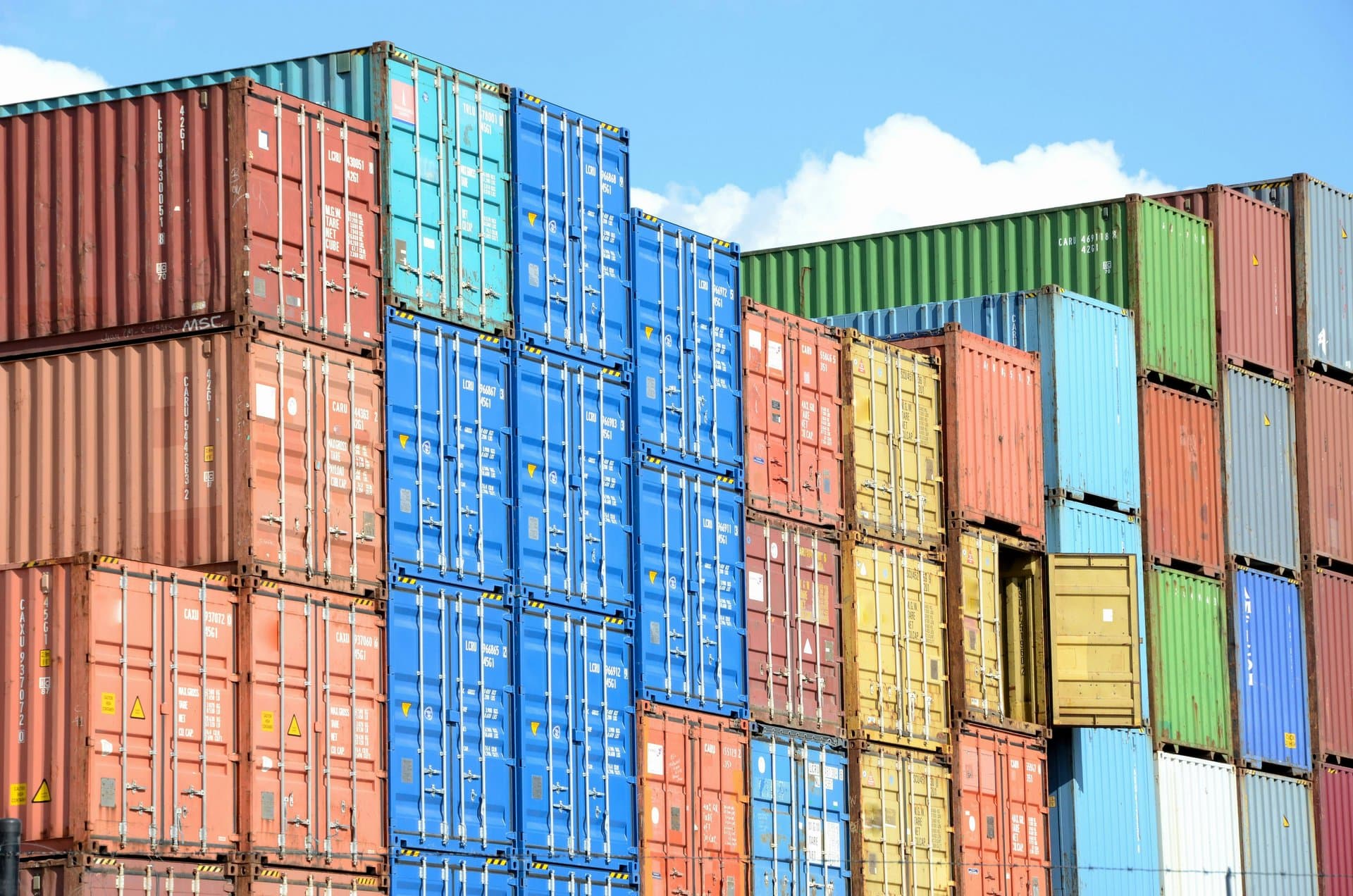Unlocking U.S. Import Dependency: 5 Critical Insights on Global Trade
Explore the U.S. import dependency across 140 nations, uncovering key commodities, supply risks, and the strategic role of global trade in sustaining America’s economy and technology sectors.

Key Takeaways
- U.S. depends on 140 nations for critical imports
- China and Canada top U.S. import reliance
- 100% import reliance on manganese and graphite
- Supply chain risks threaten tech and infrastructure
- Demand supercycle drives prices for critical materials

The United States’ economy is a vast tapestry woven with threads from 140 countries, stretching from Albania to Zimbabwe. This global import network fuels everything from industrial raw materials to cutting-edge technology components. China and Canada emerge as the heavyweights, supplying multiple critical commodities that keep America’s wheels turning. Yet, this reliance isn’t without its shadows. The U.S. is 100% dependent on imports for materials like manganese and graphite, vital for batteries and steel. Such dependence exposes the nation to supply chain vulnerabilities, a reality underscored by recent global disruptions. This article unpacks five critical insights into U.S. import dependency, revealing the strategic dance between global trade and domestic resilience.
Mapping U.S. Import Reliance
Imagine the U.S. economy as a giant machine powered by parts sourced from 140 countries worldwide. From Albania’s modest exports to Zimbabwe’s unique commodities, America’s import network is vast and varied. This isn’t just about buying goods; it’s about securing the raw materials and components that fuel industries, technology, and infrastructure. The U.S. Census Bureau meticulously tracks these imports, covering over 240 trading partners and thousands of commodity categories. This data isn’t just numbers—it’s the pulse of economic planning and trade policy.
Think of it as a global supply web where each strand matters. The diversity of sources reflects the complexity of modern supply chains, where a single product might rely on multiple countries for its parts. This global interdependence is a double-edged sword: it enables innovation and growth but also exposes the U.S. to risks when any link weakens. Understanding this map is the first step to grasping why import dependency matters so deeply.
Spotlight on Key Suppliers
When it comes to who the U.S. leans on most, China and Canada stand tall. China tops the list, supplying 19 to 23 critical commodities, especially disruptive materials essential for technology and climate infrastructure. Canada follows closely, with 13 to 18 commodities, benefiting from geographic proximity and trade agreements that smooth the flow of natural resources and manufactured goods.
Beyond these two, countries like Russia, India, Brazil, South Africa, Germany, and Mexico each contribute between 7 and 12 commodities. These nations provide a mix of raw materials, metals, and industrial products that keep American industries humming. This layered reliance paints a picture of a global economy where no country stands alone, but some are undeniably more pivotal than others.
Understanding Disruptive Materials
Disruptive materials are the unsung heroes of tomorrow’s technology. The U.S. is 100% import dependent on manganese and graphite, both crucial for battery production and steel manufacturing. Cobalt, another star player, meets about 76% of U.S. consumption through imports, powering lithium-ion batteries in electric vehicles and energy storage.
Other materials like nickel, zinc, and lithium also play starring roles in climate-friendly technologies such as solar panels and wind turbines. These materials aren’t just commodities; they’re the building blocks of a sustainable future. Yet, relying entirely on foreign sources for these essentials is like building a house on rented land—there’s always a risk the landlord might change the rules.
Navigating Supply Chain Risks
The COVID-19 pandemic was a wake-up call, exposing how fragile global supply chains can be. For the U.S., heavy reliance on foreign sources for critical materials means that disruptions in logistics or geopolitical tensions can quickly ripple into shortages and price spikes. This vulnerability isn’t just theoretical—it affects real industries and real jobs.
Efforts to diversify supply chains or develop domestic alternatives are underway, but the path is complex. It’s a balancing act between cost, availability, and strategic security. The stakes are high because these supply chains underpin not just consumer goods but the very technologies driving economic growth and climate initiatives. The lesson? Resilience isn’t optional; it’s essential.
Riding the Demand Supercycle
The demand for disruptive materials is entering what experts call a "demand supercycle"—a prolonged period of high demand and rising prices fueled by technological advances and climate action. This isn’t a fleeting trend but a fundamental shift in how resources are valued and consumed.
For the U.S., this supercycle means that import dependency will become even more critical. Prices for manganese, cobalt, lithium, and others are set to climb, challenging businesses and policymakers to adapt. The supercycle underscores the urgency of building resilient supply chains and investing in innovation. It’s a call to action wrapped in opportunity, signaling that the future of American industry depends on mastering this global dance.
Long Story Short
The U.S. import landscape is a complex, interconnected web that underpins the nation’s industrial and technological backbone. With China and Canada supplying the lion’s share of critical commodities, the stakes are high. The complete import reliance on materials like manganese and graphite highlights a strategic vulnerability that demands attention. Supply chain disruptions and geopolitical tensions aren’t just headlines—they’re real threats to economic stability and innovation. Yet, the looming demand supercycle for disruptive materials signals both challenge and opportunity. For policymakers and businesses alike, the path forward lies in diversifying supply chains and investing in domestic alternatives. The relief of a resilient supply chain isn’t just economic—it’s the foundation for America’s future freedom to innovate and grow.